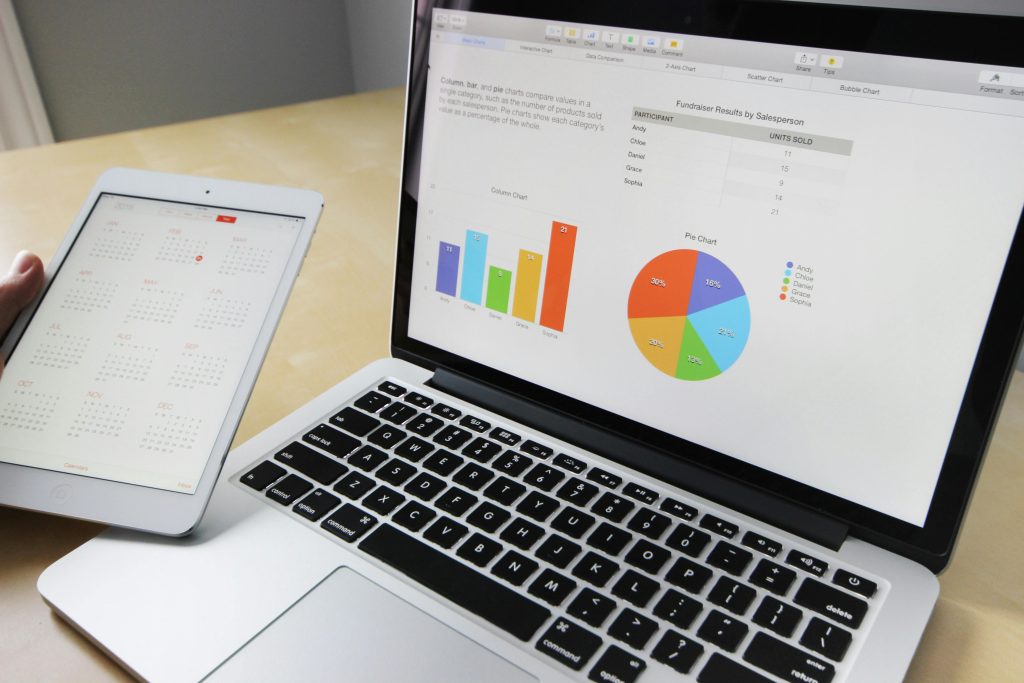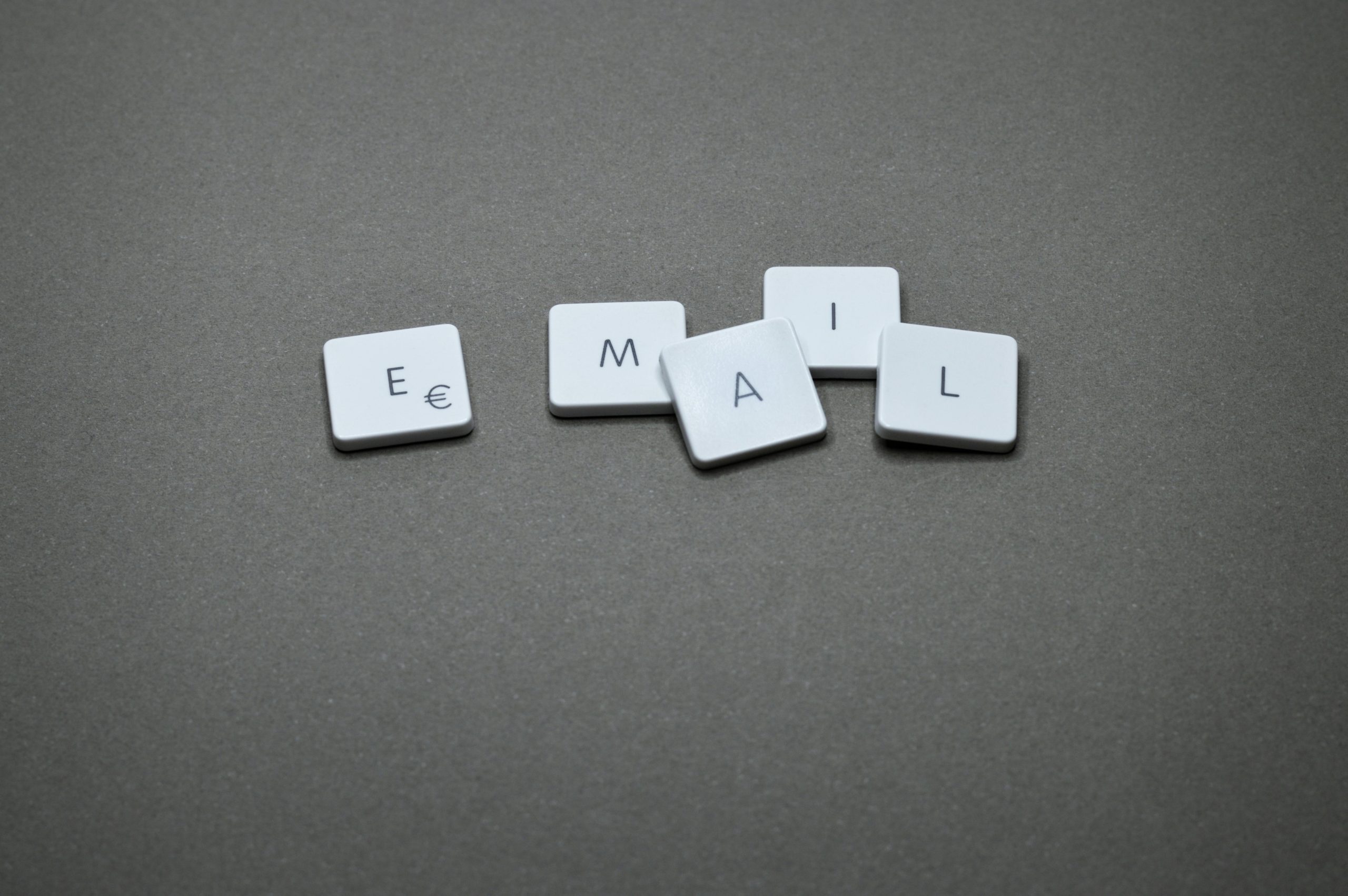Email marketing is an essential tool for businesses looking to connect with their audience, but mastering it can be a challenge. Automated email follow-ups are here to save the day. They not only enhance response rates but also make your marketing efforts more efficient. Ready to dive into the world of automated email follow-ups? Let’s get started!
What Are Automated Email Follow-Ups?
Automated email follow-ups are pre-scheduled emails sent to recipients based on specific triggers or timelines. They help nurture leads, maintain customer relationships, and ensure no opportunity slips through the cracks.
Why Use Automated Email Follow-Ups?
Automated follow-ups are a game-changer. They ensure timely communication without manual intervention, freeing up your time for other important tasks. Plus, they can significantly improve response rates and engagement.
Benefits of Automated Email Follow-Ups
Boosted Efficiency: Automation handles repetitive tasks, letting you focus on strategy and creativity.
Improved Response Rates: Consistent follow-ups remind recipients of your message, increasing the chances of a response.
Enhanced Customer Experience: Timely and relevant emails show customers you care, improving their experience with your brand.
Setting Up Your Automated Email Follow-Up System
Step 1: Choose the Right Tool
Selecting the right email automation tool is crucial. Look for features like ease of use, integration capabilities, and analytics. Popular options include Mailchimp, HubSpot, and ActiveCampaign.
Step 2: Segment Your Audience
Segmenting your audience ensures your messages are relevant. Divide your contacts based on factors like purchase history, engagement level, and demographics.
Step 3: Create Engaging Content
Your emails need to grab attention. Use compelling subject lines, personalize content, and include clear calls to action (CTAs).
Step 4: Define Triggers and Timelines
Determine what actions will trigger follow-up emails and when they will be sent. Common triggers include abandoned carts, sign-ups, and post-purchase follow-ups.
Best Practices for Automated Email Follow-Ups
Personalize Your Emails
Personalization goes beyond using the recipient’s name. Tailor content to their interests and behaviors for maximum impact.
Keep It Concise
Long emails can be overwhelming. Keep your messages short and to the point, focusing on one main idea per email.
Use Clear CTAs
Your call to action should be clear and compelling. Tell recipients exactly what you want them to do next.
Test and Optimize
Regularly test different elements of your emails, such as subject lines, content, and send times. Use the insights to optimize your strategy.
Common Types of Automated Email Follow-Ups
Welcome Emails
Welcome emails are your first chance to make a good impression. They should be warm, informative, and set expectations for future communications.
Abandoned Cart Emails
Remind customers of items left in their cart and encourage them to complete their purchase. Offer incentives like discounts or free shipping to sweeten the deal.
Post-Purchase Follow-Ups
Thank customers for their purchase, provide order details, and suggest related products. This keeps the conversation going and encourages repeat business.
Re-Engagement Emails
Re-engagement emails target inactive subscribers, encouraging them to reconnect with your brand. Offer special deals or ask for feedback to reignite their interest.
Survey and Feedback Emails
Ask for feedback to improve your products or services. This shows customers you value their opinion and helps you gather valuable insights.
Crafting Effective Email Content
Write Compelling Subject Lines
Your subject line is the first thing recipients see. Make it intriguing and relevant to increase open rates.
Use Engaging Visuals
Visuals can make your emails more attractive and easier to digest. Include images, videos, or infographics to break up text.
Tell a Story
Storytelling can make your emails more engaging and memorable. Share customer success stories or behind-the-scenes looks at your company.
Include Social Proof
Testimonials and reviews build trust and credibility. Highlight positive feedback from customers to encourage others to take action.
Automated Follow-Up Email Examples
Example 1: Welcome Email
Subject: Welcome to [Your Brand] – Let’s Get Started!
Hi [First Name],
Thanks for joining us! We’re thrilled to have you on board. Here’s what you can expect from us:
- Exclusive offers
- Latest updates
- Helpful tips and tricks
Stay tuned, and feel free to reach out if you have any questions.
Cheers, [Your Name]
Example 2: Abandoned Cart Email
Subject: Forget Something? Your Cart is Waiting!
Hi [First Name],
We noticed you left some items in your cart. Don’t miss out – complete your purchase now and enjoy [special offer].
[Link to Cart]
Happy shopping! [Your Name]
Example 3: Post-Purchase Follow-Up
Subject: Thank You for Your Purchase, [First Name]!
Hi [First Name],
Thank you for your recent purchase! We hope you love it. Here are your order details:
[Order Details]
Looking for more? Check out these recommendations.
Best, [Your Name]
Measuring the Success of Your Automated Email Follow-Ups

Track Key Metrics
Monitor metrics like open rates, click-through rates, and conversion rates to gauge the effectiveness of your emails.
Analyze Customer Feedback
Pay attention to customer feedback to identify areas for improvement. Use surveys or direct responses to gather insights.
Refine Your Strategy
Use the data and feedback you collect to refine your email follow-up strategy. Continuously optimize for better results.
Common Challenges and How to Overcome Them
Challenge: Low Open Rates
Solution: Test different subject lines and send times to find what resonates with your audience.
Challenge: High Unsubscribe Rates
Solution: Ensure your emails are relevant and valuable. Avoid bombarding recipients with too many messages.
Challenge: Poor Engagement
Solution: Personalize your emails and focus on delivering high-quality content that addresses your audience’s needs.
The Future of Automated Email Follow-Ups
Automation is constantly evolving. Look out for advancements in AI and machine learning that will make email follow-ups even more personalized and efficient.

Conclusion
Automated email follow-ups are a powerful tool for improving response rates and efficiency. By choosing the right tool, creating engaging content, and continuously optimizing your strategy, you can make the most of this technology. Start implementing automated follow-ups today and watch your email marketing efforts soar. At WebsiteMD, we can help you build your website, SEO, digital marketing, social media management, business automation, review management, AI integration and solutions, and more! Get in touch with us to elevate your online presence and drive your business forward.
FAQs
Q1: What is the best tool for automated email follow-ups?
A1: Popular tools include Mailchimp, HubSpot, and ActiveCampaign. Choose one that fits your needs and budget.
Q2: How often should I send follow-up emails?
A2: The frequency depends on your audience and goals. Generally, avoid sending more than one follow-up per week to prevent overwhelming recipients.
Q3: Can I personalize automated emails?
A3: Yes, personalization is key to effective automated emails. Use data like purchase history and engagement to tailor your messages.
Q4: What should I do if my open rates are low?
A4: Test different subject lines, improve your content, and ensure your emails are relevant to your audience.
Q5: How can I measure the success of my automated email follow-ups?
A5: Track metrics like open rates, click-through rates, and conversions. Analyze customer feedback and use the insights to refine your strategy.

